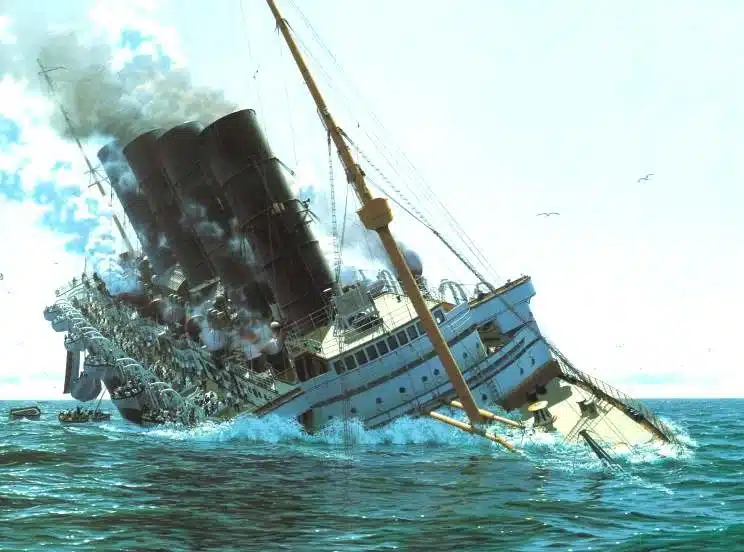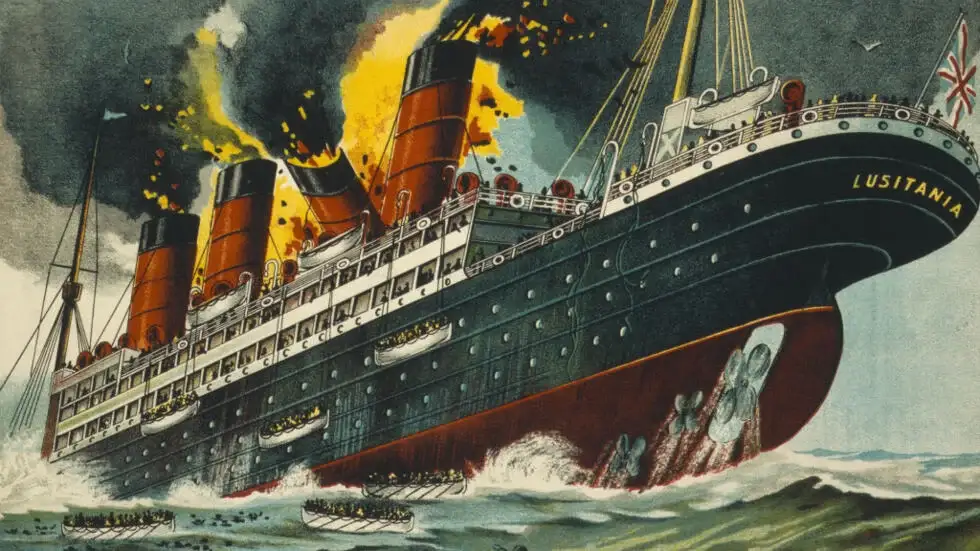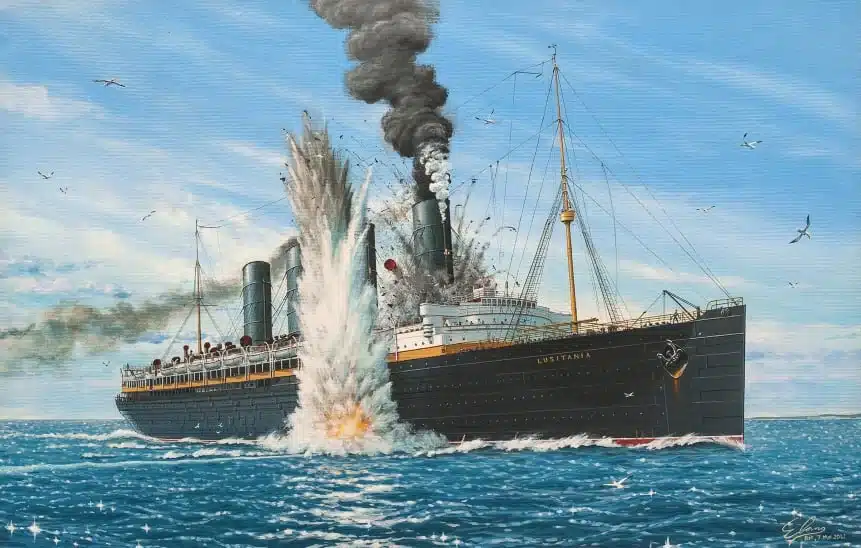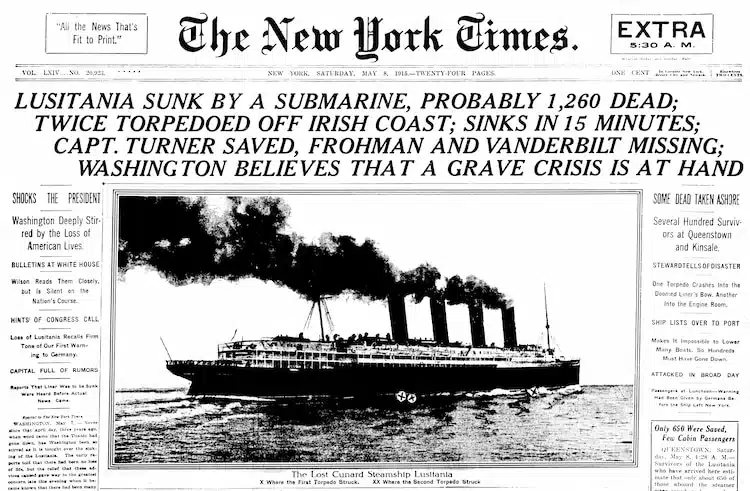5 Lesser-Known Facts of Ireland’s Forgotten Lusitania

Everyone knows about the Titanic, its colossal size and tragic demise forever etched into the annals of history. But what about Ireland’s Lusitania? While the Titanic commands attention with its haunting tales, the story of the Lusitania lies quietly in the depths off the coast of County Cork, largely overlooked by mainstream narratives.
Interesting Facts of Ship Lusitania
In this blog, we’ll uncover the hidden truths and lesser-known facets of Lusitania’s legacy.
1. One of the world’s fastest ships:
Launched in 1906, the Lusitania was not just a vessel but a symbol of innovation. Its record-breaking speed earned it the prestigious Blue Riband, setting transatlantic travel standards. It took four days, 19 hours, and 52 minutes to go from Queensland to Sandy Hook, New Jersey, and in October 1907 it won the Blue Riband for the quickest transatlantic journey. Later, in the ensuing years, it would break its own record three times.
2. The world’s largest passenger ship:
Size mattered, and the Lusitania was a giant of its time. Surpassing its competitors in scale, it epitomised grandeur and luxury on the seas. With a gross register tonnage (GRT) of 31,550, the Lusitania was the largest ship in the world at the time in addition to being among the fastest.

3. The connection with Ireland:
With its route linking Liverpool and New York via Ireland, the ship was intertwined with the Emerald Isle. Its stopovers in Cobh, County Cork, added an Irish chapter to its story of global travel. Due to years of Irish emigration and the resulting diasporas in each of these locations, Liverpool and New York City share strong ties to the island of Ireland.
4. Warnings ignored:
In the midst of World War I, danger lurked in the waters. Despite ominous signs and explicit warnings, the Lusitania embarked on its final voyage, sealing the fate of its passengers. Submarine warfare advanced unchecked during World War One, and Germany declared in 1915 that they would sink any British ship without prior notice. The Lusitania, with 1,960 passengers, sailed just over a week later on May 1, 1915, in spite of this warning.

5. A tragic end:
May 7, 1915, marked a dark day in maritime history. A torpedo from a German U-boat sealed the fate of the ship, sending it to a watery grave off the coast of Cork. The speed of its descent left little chance for survival, leaving behind a haunting legacy. Five minutes after impact, Captain Turner ordered the ship to be evacuated, but 1,197 people perished. Only 289 bodies were recovered.

As we remember the Titanic, let’s also pay homage to the forgotten souls of the Lusitania. Their story, though overshadowed, echoes through the annals of time, reminding us of the fragility of human endeavour amidst the vast expanse of the sea.
LATEST NEWS
DISCOVER MORE






